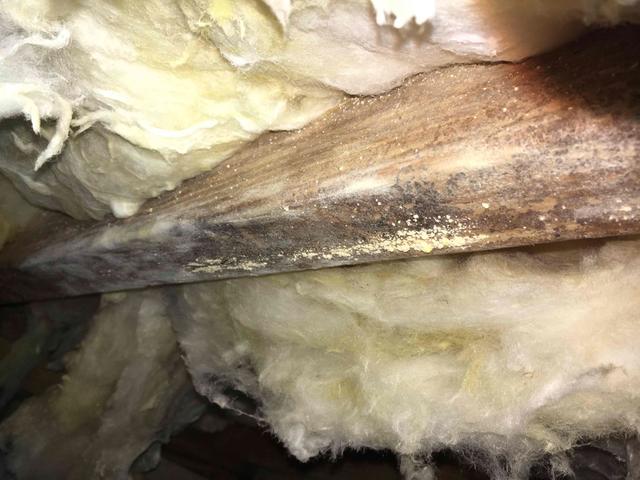
Moldy Floor Joists
Mold and mildew grow on the floor joists due to high relative humidity and moderate temperatures in the crawl space. The wood absorbs moisture and as the moisture content of the wood increases, wood rot can occur at about 19%.
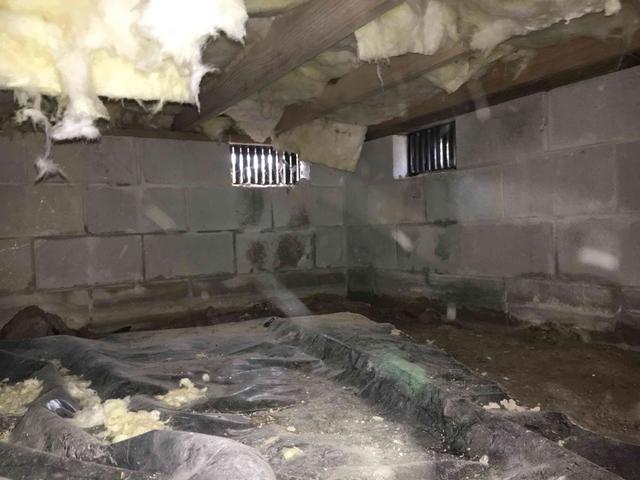
Foundation Vents
Open foundation vents allow hot humid air to pour in during warmer months, raising the relative humidity. In winter months, even when the vents are in the closed position, cold air flows into the space leaving homeowners with cold floors and can even lead to frozen pipes under the home.
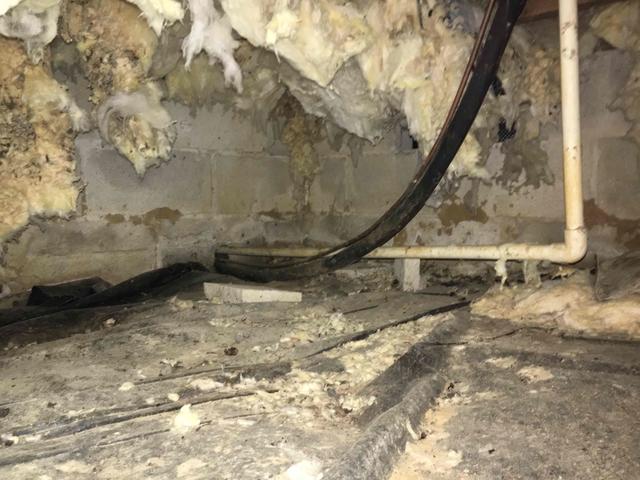
Falling Insulation
As the fiberglass insulation absorbs moisture, the fibers begin to pull apart from one another and the material falls. The moisture adds weight to the fiberglass causing it to pull away from the floors.
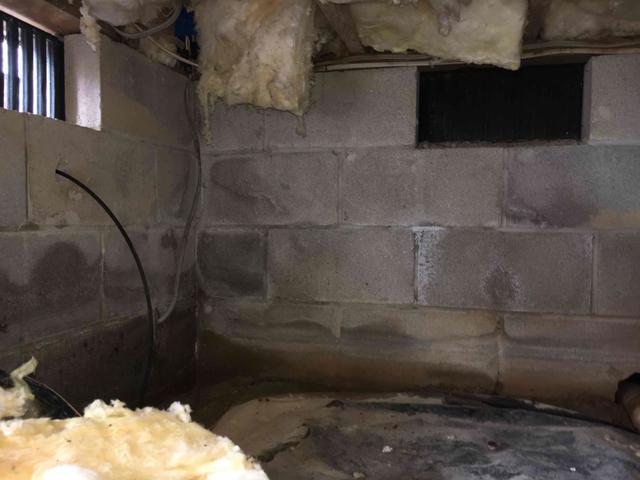
Water Infiltration
Staining and trenching around the perimeter of the crawl space walls indicate that bulk water infiltration has been an issue. Water flows in between the foundation wall and footer, through cracks in the wall, and even though the block. Erosion of soil, even in the middle of a crawl space is an indicator of bulk water concerns.
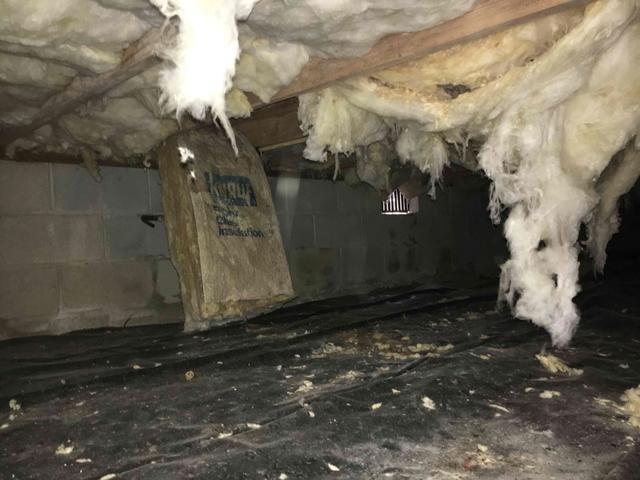
Mold Candy
Underneath your floors, the paper backing of fiberglass insulation is a feast for mold. Mold loves paper even more than it likes wood and thrives in the crawl space.
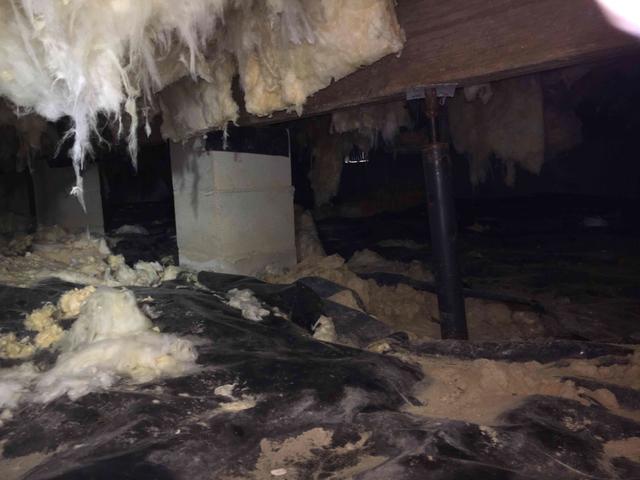
Foundation Supports
It is common for a foundation to settle over time. In the home, homeowners often notice bouncy floors, cracks above doors and windows, sticking doors and windows, and even gaps between the baseboard and floors. This home already has a support in place to help with settlement, however, it is not installed on a footer. Placing a support directly on the dirt or on a block without a footer, will displace the earth beneath it and sink.
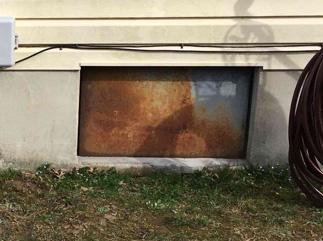
Crawl Space Door
Crawl Space doors are rarely airtight allowing warm, humid air to flood into the crawl space. They are subjected to the elements and often rust, rot, and warp, making them even less effective in sealing off your crawl space.

